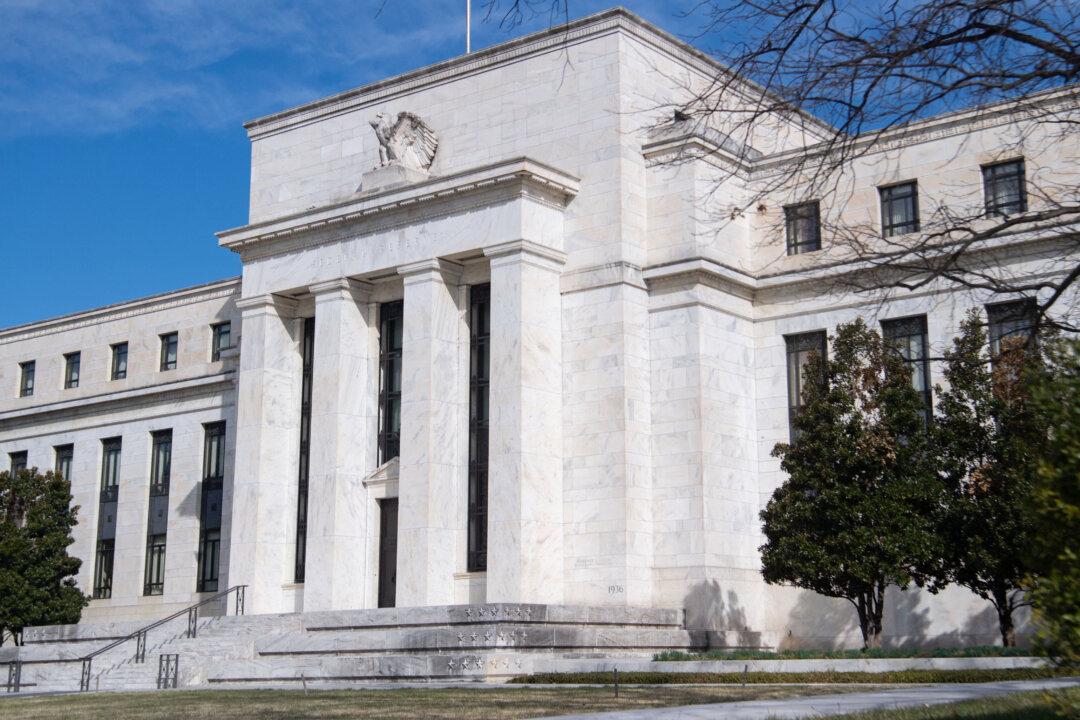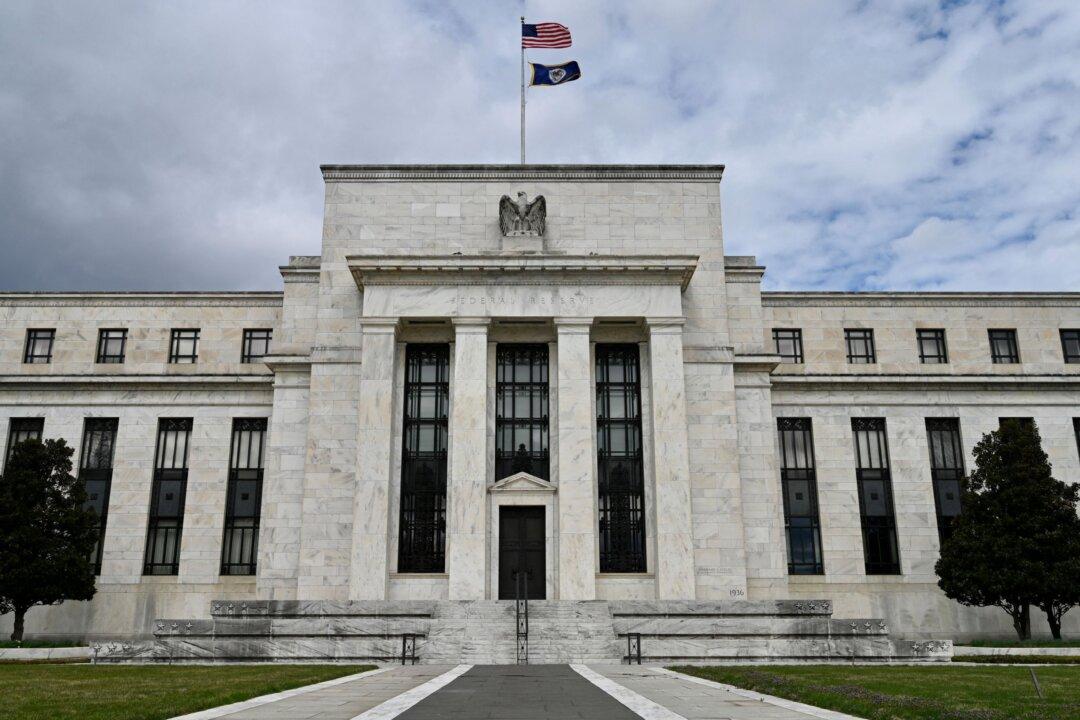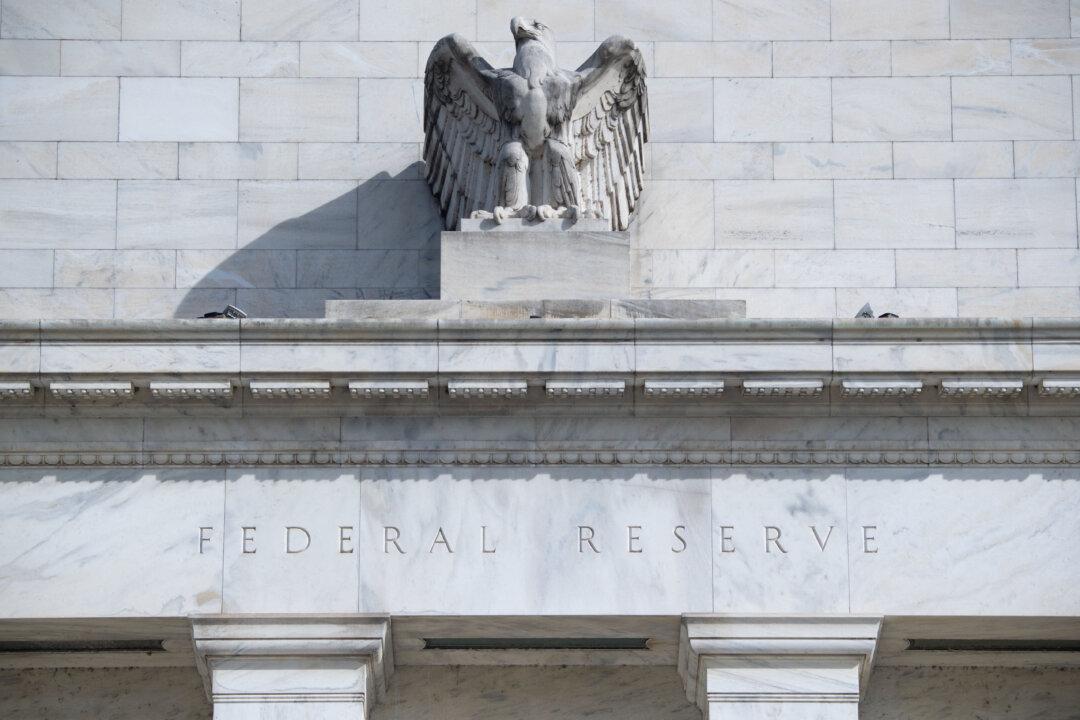Commentary
There was a time when a large portion of Americans belonged to the “middle class.” It meant you could afford a decent living standard, such as owning a house and a car and had savings in the bank. When “baby boomers” reminisce about the “good ole days,” they are referring to when being middle-class was normal.




